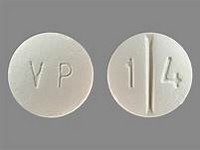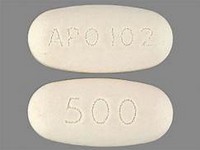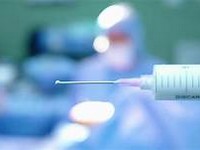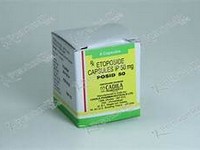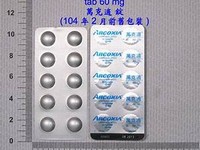digitoxin
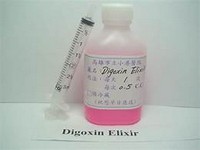
digitoxin
CLINICAL USE
Heart failure Supraventricular arrhythmiasDOSE IN NORMAL RENAL FUNCTION
Maintenance dose: 100 mcg daily or on alternate days; may be increased to 200 mcg daily if necessaryPHARMACOKINETICS
DOSE IN RENAL IMPAIRMENT
GFR (mL/MIN)
DOSE IN PATIENTS UNDERGOING RENAL REPLACEMENT THERAPIES
IMPORTANT DRUG INTERACTIONS
Potentially hazardous interactions with other drugsAntifungals: increased toxicity if hypokalaemia occurs with amphotericinDiuretics: increased digitoxin toxicity if hypokalaemia occurs; concentration possibly increased by spironolactoneADMINISTRATION
Reconstition
–Route
OralRate of Administration
–Comments
–OTHER INFORMATION
Volume of distribution is decreased by uraemiaLargely metabolised in the liver where 8–10% is converted to digoxin. More digitoxin is converted to digoxin in severe renal impairment
See how to identify renal failure stages according to GFR calculation
See how to diagnose irreversible renal disease
Home
